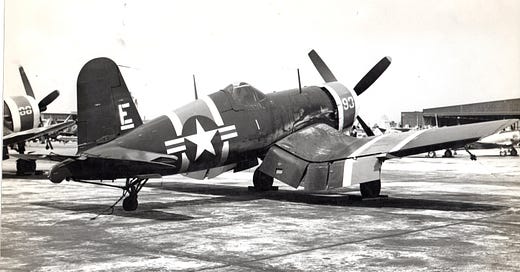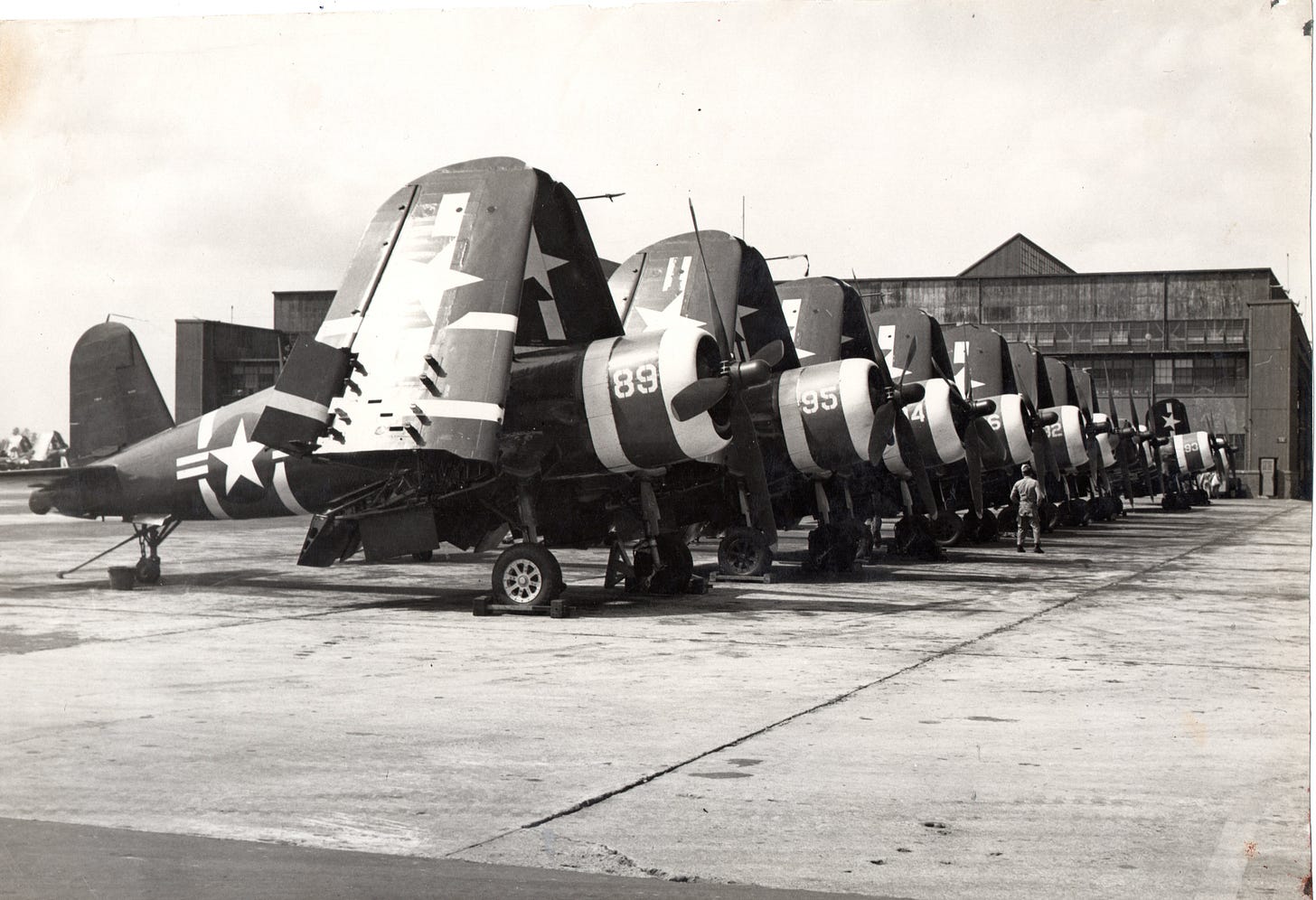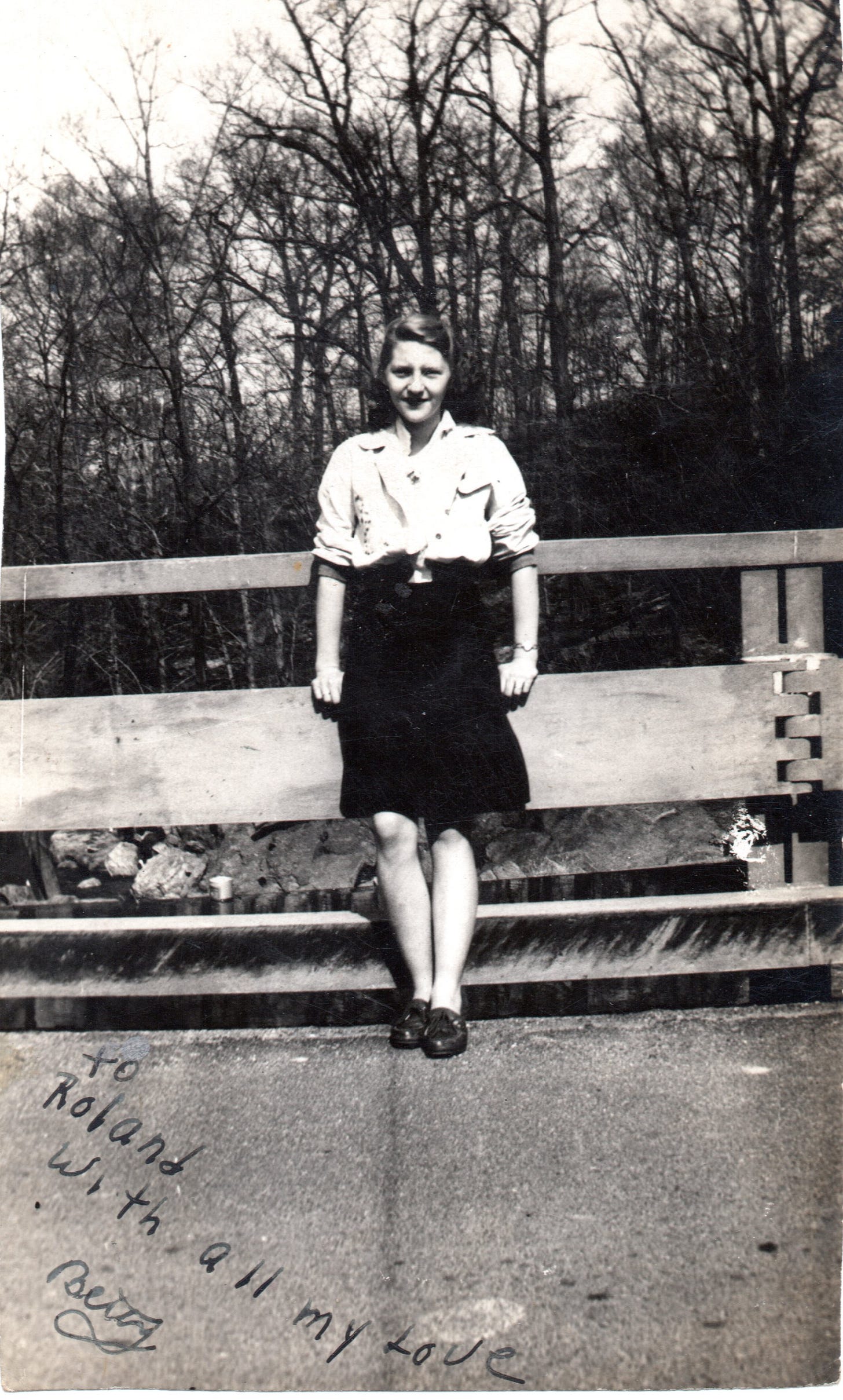When World War II ended, the military complex was dismantled. Equipment was either stored, sold, scrapped, picked to pieces, or fell into disrepair. Airmen were discharged by the thousands. Some earned degrees under the newly minted GI Bill, while others went back to jobs and businesses. Those who remained witnessed lethargy, while the upper echelon vied for money to enhance their respective branch. The Air Corps, being part of the Army, was at a disadvantage. Any money allocated naturally went towards the ground pounders first while the flyboys fought for scraps. The adage “No bucks; No Buck Rogers” being an apt description of the money needed to develop hardware able to defy gravity. Technical wizardry elevated any branch, putting them at the forefront of cool.
So, enter President Truman. After Congressional debates, branch rivalries, the squabbles over money, Truman signed the National Defense Act of 1947, preserving the Marine Corps. And befitting an independent Air Force, flying onboard his presidential aircraft, the Sacred Cow, Truman changed the Army. The legislation formed the United States Air Force, including the fight for money to create a “higher, faster, farther” kind of service. The Air Force was put on equal footing with the other branches after becoming a department. Ask any Marine how it feels. It hit the books as Public Law 253, 80th Congress; Chapter 343, 1st Session; S. 758 and read:
To promote the national security by providing for a Secretary of Defense; for a National Military Establishment; for a Department of the Army, a Department of the Navy, and a Department of the Air Force.
The Army Air Force separated service on September 18, 1947, with W. Stuart Symington the first Secretary. The ability to create “the best-air-arm in the world” began, including the desire to remove any vestige of the word Army. The first order of business: break the sound barrier. On October 14, 1947, the Air Force did exactly what it set out to do.
Except, to reinvent itself, the branch needed change. One of the areas was Army Air Corps officers, being two types: regular and reserve. One full-time, the other part-time, but working full-time. To divest, the Air Force initiated a program: RIF (reduction in force). Reservists found they could walk into work and never knowing until they arrived, be RIFd. Those not yet affected tried to go regular before the crosshairs targeted them. Because once sighted, they either departed or went enlisted.
Then bases. Being fixed locations, the names were another matter. Initially, the Army Air Corps named some after pilots, such as Langley in Virginia and Randolph in Texas, so the Air Force expanded on the tradition. Also, Air Force Base replaced Field. Finally, the designation changed for fighters from P (pursuit) to F (fighter) on frontline units.
__________________________________
Now Chico, discharged from the Marines, was hired to work on F4U Corsairs at the Chance-Vought Aircraft Division in Stratford, Connecticut. Starting in the metals department, he worked his way up to installing rudders. But within a year, free of the military life confines and having a girl he was thinking about marrying, the former Marine contemplated the old life. He realized it wasn’t as bad as he remembered. In his mind, the civilian world was more regimented. So, he ended marital aspirations, headed to the recruiter, and requested active duty, reenlisting on April 22, 1948.
And one of the first things he obtained was a GED. Now, when Chico dropped out of high school, his class graduated in 1947. But per the Marines, he graded so well on the GED, Corps members visited Chico’s former district, and requested a diploma. They agreed, and he graduated without completing the curriculum. His dad was happy. On June 17, 1948, Chico walked the stage and received a diploma from the principal who claimed he would not amount to anything.
On the work side, Chico’s new duty station was Willow Grove Naval Air Station, thirteen miles from home, which allowed visits. His new job; working on an F4U Corsair. Starting out as a go-fer running errands, he did the work no one else wanted. Making his way to mechanic, he finagled a crew chief’s spot, able to crank one up, run the engine up, but not take one up.
____________________________________
If we desire to avoid insult, we must be able to repel it; if we desire to secure peace, one of the most powerful instruments of our rising prosperity, it must be known, that we are at all times ready for War.
The above words, delivered by George Washington at his fifth annual address to Congress on December 13, 1793, went unheeded for years. So, when the United States entered World War I, it amassed a military force including pilots. And one way the country assembled the air corps was through a program called ACT (aviation cadet training). To be eligible, an individual had to be “under 25 years of age with two to three years of college, be athletic, honest and reliable.” With college the benchmark, one could become a pilot.
Well, at the war’s end, the program ceased until World War II, and then ceased again at that war’s end … momentarily. In December 1946, ACT reopened with two years of college required. But when Korea radared, the Air Force did not have enough squadrons, and squadrons needed pilots. To fill its ranks, the Air Force temporarily rescinded the college requirement if applicants had eighteen months of military service and a high school diploma. The proverbial door just opened.





